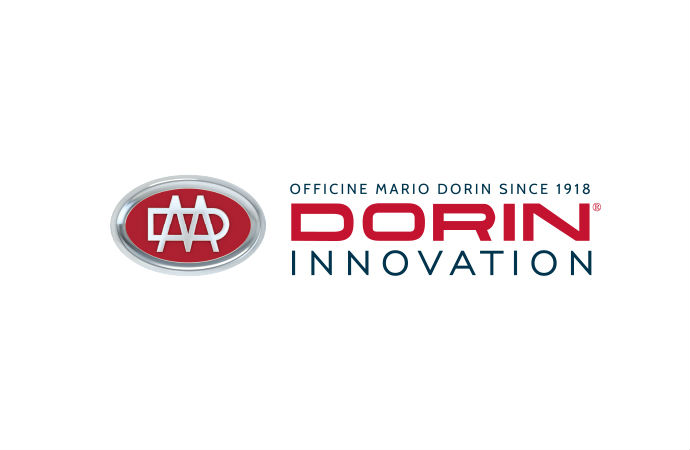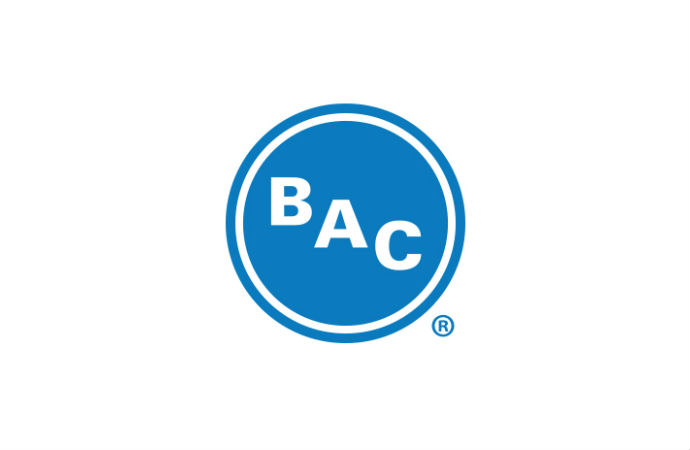At the conference ‘Advancing Ozone and Climate Protection Technologies: Next steps’ held on 21-22 July in Bangkok, several presentations were related to national and international standards for low-GWP refrigerants. According to Daniel Colbourne, consultant for GIZ Germany, it is vital that stakeholders involved with such refrigerants are more proactive in developing safety standards.

Daniel Colbourne focused in his presentation on the European and international standards related to low-GWP refrigerants as well as on the relationship between international, European and national standardisation bodies.
Increasing complexity of standards
RAC standards have been in a state of rapid flux, which means that it might be difficult to follow developments. Colbourne noted that they are also becoming more complex and less accessible to industry engineers. This can lead to a greater risk of errors as a result of misinterpretation. Nevertheless, low-GWP refrigerants are becoming more accessible globally.
As certain low-GWP refrigerants have specific safety characteristics, such as flammability, toxicity or high pressure, the existing standards had to be updated to accommodate the safety features. As for the topics addressed by RAC safety standards, refrigerant handling (servicing) is one of the most important, however, according to Colbourne it is not given enough attention. Other main topics include:
- Refrigerant charge limits
- Electrical safety, sources of ignition
- Installation areas, positioning, pipework, gas detection, ventilation
- Instructions, manuals, data-plates
- Refrigerant handling (servicing)
- Safe design and testing of components as well as assemblies
- Classification of refrigerants, occupancy, systems
The key RAC standards, EN 378 and ISO 5149 (at draft stage) are general standards that in theory apply to any RAC system. Currently changes to these two standards are ongoing that will add requirements for A1 and A2 refrigerant safety classes to enable larger charge size limits if there are no gaps under room doors and provided that gas detectors and shut-off valves are used.
Standardisation bodies
Safety standards for refrigeration and air-conditioning in Europe are developed at three levels (international, European, national) by a variety of key standardisation bodies:
- International level: International Standardisation Organisation (ISO) and International Electro-technical Commission (IEC)
- European level: Comité Européen de Normalisation (CEN) and Comité Européen de Normalisation Electrotechnique (CENELEC)
- National level: Most countries have national standardisation bodies that either develop their own standards or adopt international ones.
The international, European and most of national bodies are independent from each other, from government, industry associations and private companies. In order to avoid repetition, contradiction or overlap, there is an increasing trend of collaboration between these organisations and alignment of safety standards. Colborne also highlighted that due to the independency there is no body that would oversee activities of standardisation organisations and balance the representation of companies. For those working with low-GWP refrigerants it might be worthwhile spending time and resources to get involved in the process of developing safety standards.
MORE INFORMATION
Related stories












_1490973133.png)

